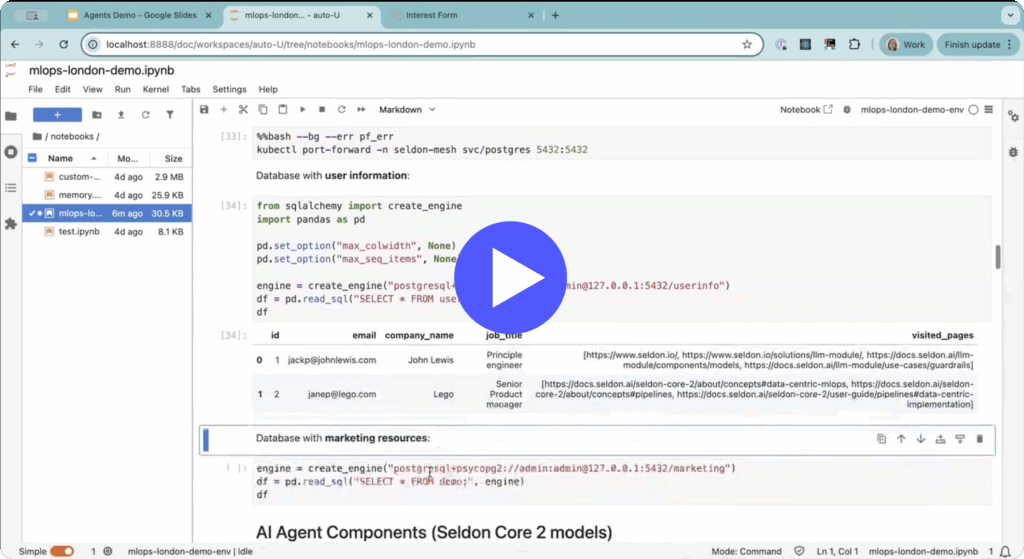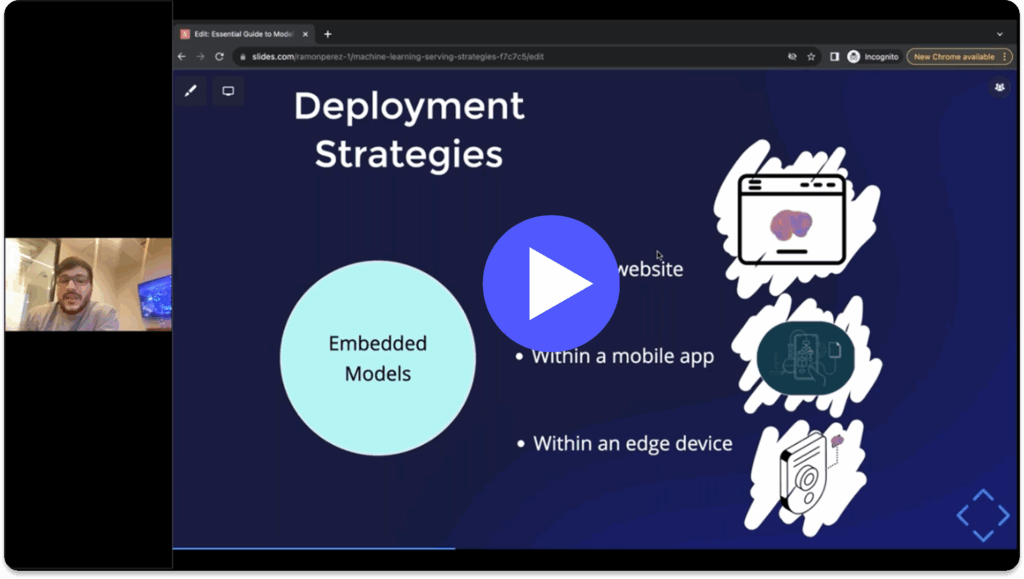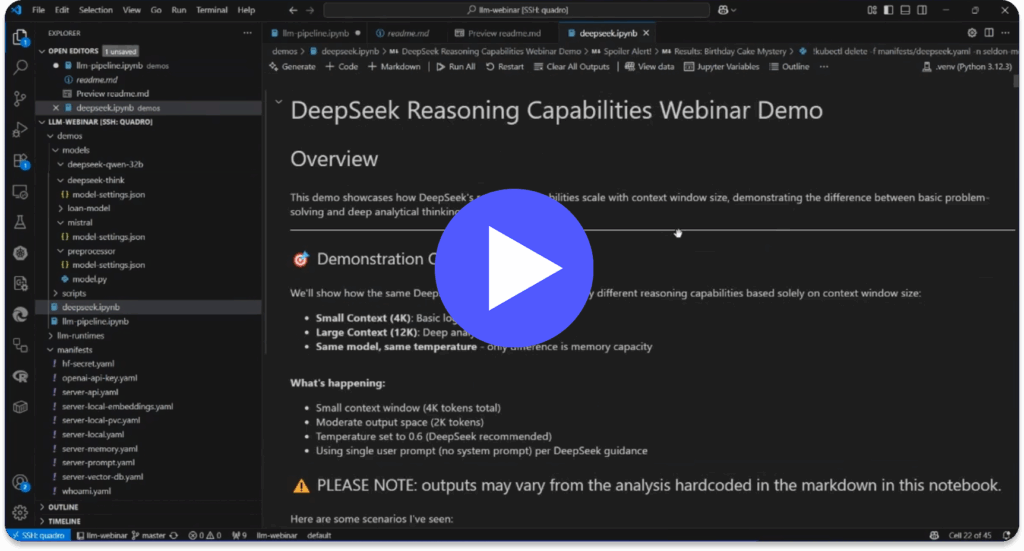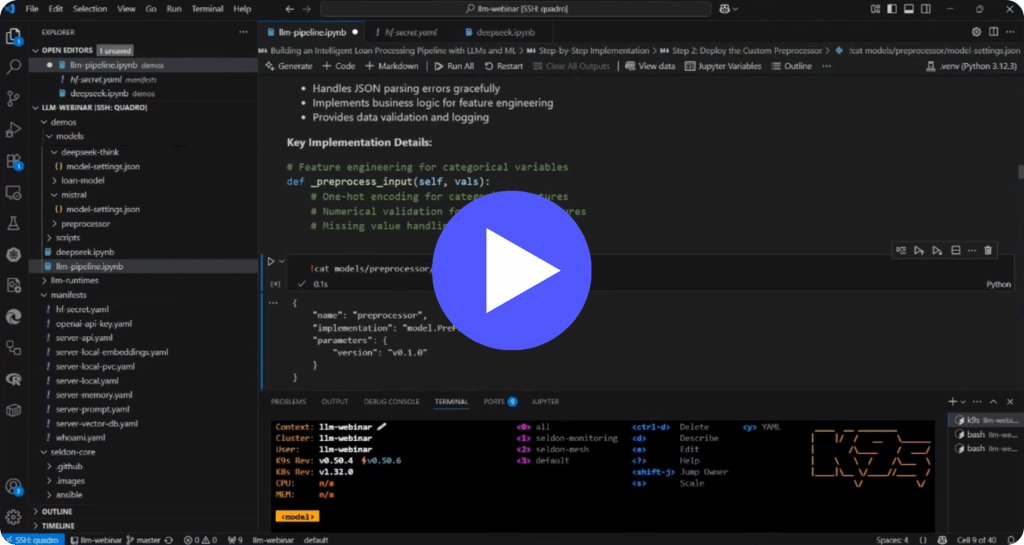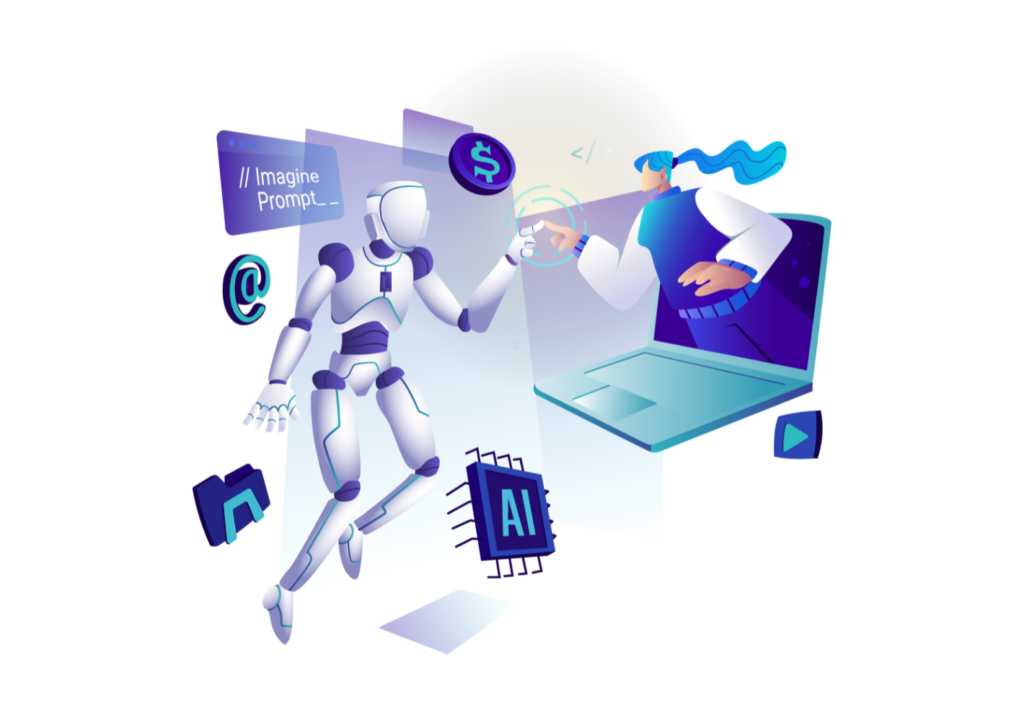Machine learning in healthcare has a range of applications and uses, from streamlining administrative tasks to improving diagnosis and treatments. The healthcare sector has a huge array of current and historic data on patients, treatments, and health issues. Although this data is often sensitive, this wealth of information makes machine learning in medicine and healthcare a powerful tool. This data can be leveraged to train machine learning models to perform a variety of tasks across the sector.
Machine learning is already a core part of the healthcare sector, and is even used to boost research into diseases, new drugs, and other emerging research. Predictive algorithms can be trained and deployed to identify health trends in the wider population, helping to inform health policy and schemes. Elsewhere, models are deployed to identify and diagnose diseases in patient scans and data, making early intervention possible at scale.
This guide explores the basics of machine learning in medicine and healthcare, including the benefits it brings to the sector, and the different ways models are currently used.
The benefits of machine learning in healthcare
Machine learning models are already utilized to perform a range of tasks in healthcare and medicine settings. The strength of machine learning models is in the categorisation of objects and the understanding of trends in data. This means models can be used to enhance both the administration and management of the sector, in addition to important healthcare elements like diagnosis, treatments, and research. The aim of machine learning in healthcare is to streamline tasks and make processes more efficient, and as a result improving the level of patient care.
Machine-learning powered administrative systems can make the processing of patient data much more efficient and accessible to those that need access to it. There is a huge amount of data within the healthcare sector, so efficient and secure processing of often sensitive data is a huge benefit. Machine learning can also be leveraged to enhance the diagnosis and treatment process. Algorithms can be trained to screen patient data for known illnesses and diseases, highlighting those at risk for early intervention. Models can also be used to diagnose illness and disease by analyzing patient image data such as scans and X-rays.
An algorithm can efficiently work through many more data points than a human. More efficient processes mean earlier diagnosis and treatment, and as a result better patient outcomes.
The benefits of machine learning in healthcare include:
- Achieving early intervention with at-risk patients, improving the effectiveness of treatment.
- Providing an insight into health trends in large datasets to enhance public health policies and engagement.
- Streamlining administrative processes to save on resources and improve the workload of healthcare workers.
- Accelerating healthcare and medicine research and the rate of diagnosis.
Applications of machine learning in healthcare
The power of machine learning can be leveraged to enhance and perform a range of tasks in healthcare. Different types of machine learning have different training methods and use cases. But overall, machine learning algorithms are incredibly useful when trained to categorize data, identify trends and patterns, and automate repetitive tasks. This means a wide range of applications for different parts of the healthcare sector.
Machine learning models will be used to streamline administrative processes, but can also be leveraged directly to support health diagnosis and treatment. Increasingly, deep learning models are used in the research area of healthcare to understand new diseases and accelerate drug trials.
Common applications of machine learning in healthcare include:
- Automating menial administrative tasks like data processing and appointment management.
- Understanding ‘big picture’ health trends and emerging risks in a population.
- As a diagnosis tool, often through image categorization techniques.
- Enhancing and accelerating the research of new drugs, treatments, and diseases.
Automation of administrative tasks
Machine learning is a key element in improving human to system interaction through mediums such as chatbots. It’s already an integral part of most popular digital customer service systems, in which a user may seek advice or book a service. Customer or patient service can take a large amount of human resources, especially if basic or repetitive requests are dealt with manually.
Machine learning driven chatbot and service management systems are increasingly becoming commonplace in a range of sectors including healthcare. Users are able to access account information, gain answers to common queries, and book and amend appointments through systems created with machine learning techniques. Machine learning also powers digital health advice systems, as users are able to seek basic health advice. This cuts down on resource demand before human interaction and escalation is required.
The health sector relies on the processing and sharing of considerable amounts of patient data and records. The collection and organizing of this data takes a considerable amount of resources when done manually by human health workers. Machine learning models can be utilized to streamline this process, categorizing, classifying and processing large arrays of new patient data.
Health trends and emerging risks in a population
Machine learning models are incredibly powerful tools for identifying trends and patterns within often complex datasets. Once trained and deployed, models can perform trend analysis and predictive tasks at a higher speed and accuracy than human counterparts. Machine learning in healthcare can therefore be used to identify and understand emerging health trends in large populations and datasets. This helps health institutions and public bodies make public health interventions at scale.
Recent advances in written language processing have been powered by machine learning algorithms. The process of digitizing or evaluating written records and archives is an incredibly time consuming process for humans to perform. Machine learning models are being leveraged in this area to automate and streamline this archiving process. This is an important element of understanding historic health trends, as patient records and data would be recorded in physical formats before the digital era. So machine learning is not just used to predict health trends, but also to map historic health trends.
Disease and illness diagnosis
Machine learning models are powerful tools to identify features of objects such as images. Once a model is trained and deployed, it can be used to categorise new images based on these learned patterns and features. This has great potential in performing diagnosis of illness or disease from screening patient data such as scans or X-rays. A model can learn the triggers or features of a known disease or illness using labelled data. The objects could be MRI scans, X-rays, or other types of patient data. Models can then be used to diagnose these diseases accurately at scale, beyond the capacity or resources of a human counterpart. Faster diagnosis means earlier intervention and as a result, the potential for better patient outcomes
Machine learning techniques can also be used to categorize patients into at-risk groups prior to diagnosis of a disease. This means earliest possible intervention to help lower the risk of developing a disease or illness. The model can take into account complex data on lifestyle, age, and health to build at-risk profiles.
Researching new drugs, treatments, and diseases
Machine learning in medicine and disease research is becoming increasingly effective. Machine learning at its core learns from the dataset, so the models are often beyond what can be achieved by direct human development. These models can be used to accelerate research into new drugs, diseases or effective treatments.
Deep learning techniques are utilized in particular because of the complex layered architecture of the resulting models. Each layer can learn different features of an object in a hierarchy, and can process different layers simultaneously. Understanding the features of disease in a vital step in identifying and classifying it.
Deployment of machine learning in healthcare
With over 10 years of experience deploying and monitoring more than 10 million models across diverse use cases and complexities, Seldon is the trusted solution for real-time machine learning deployment. Designed with flexibility, standardization, observability, and optimized cost at its core, Seldon transforms complexity into a strategic advantage.
Seldon enables businesses to deploy anywhere, integrate seamlessly, and innovate without limits. Simplified workflows and repeatable, scalable processes ensure efficiency across all model types, while real-time monitoring and data-centric oversight provide unparalleled control. With a modular design and dynamic scaling, Seldon helps maximize efficiency and reduce infrastructure waste, empowering businesses to deliver impactful AI solutions tailored to their unique needs.
Talk to our team about machine learning solutions today –>


